


Smooth Experience
With our in-house chip expertise and ongoing improvements to core technologies, performance is stronger than ever

Kernel
Optimized hot spot instruction compiler delivers higher efficiency in every scenario
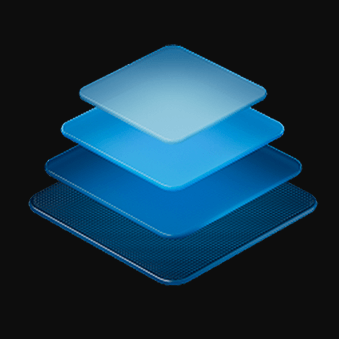
Graphics
Rendering is now faster and more stable across the board
Refined Animations
Over 100 system-wide animations have been refined for a more fluid look and a seamless visual experience
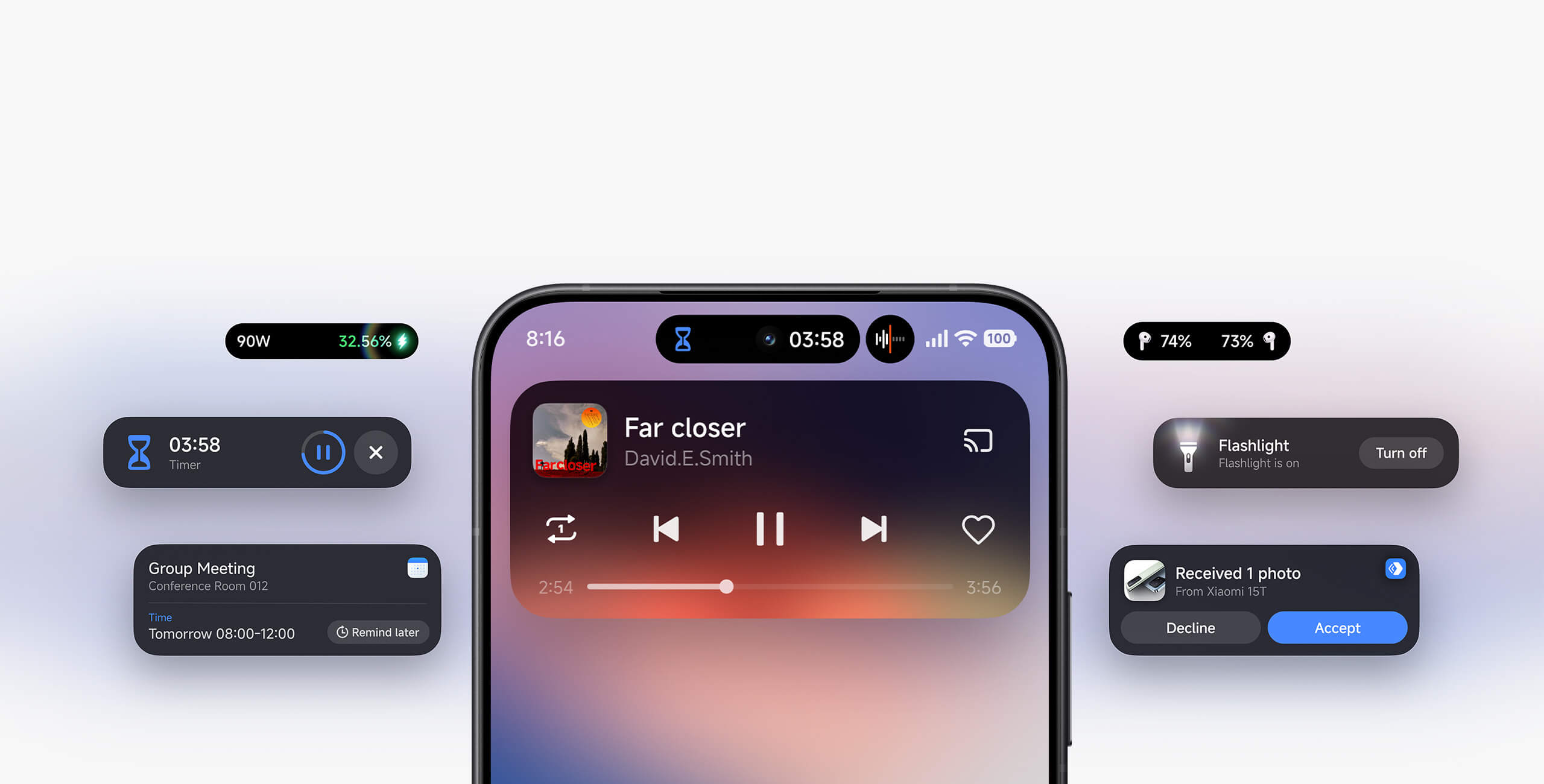
Xiaomi HyperIsland
Everything you need to keep an eye on. In one place.
Switch
Switch between content smoothly and effortlessly
Floating window
Swipe down to open a floating window
AI Cinematic Lock Screen
A new story begins with every unlock
AI Dynamic Wallpapers
Transform your photos into stunning cinematic visuals

Personalized editing
Easily set up your Lock screen and wallpapers the way you like
Redesigned Home screen
All-new icons and design. More fun and versatile widgets.

New Gallery
Customizable layout
Switch between views and choose exactly what you want to see when you open Gallery

Improved search
Optimized for 10 common categories like food and landscape, with smart recommendations that make searching faster and more accurate
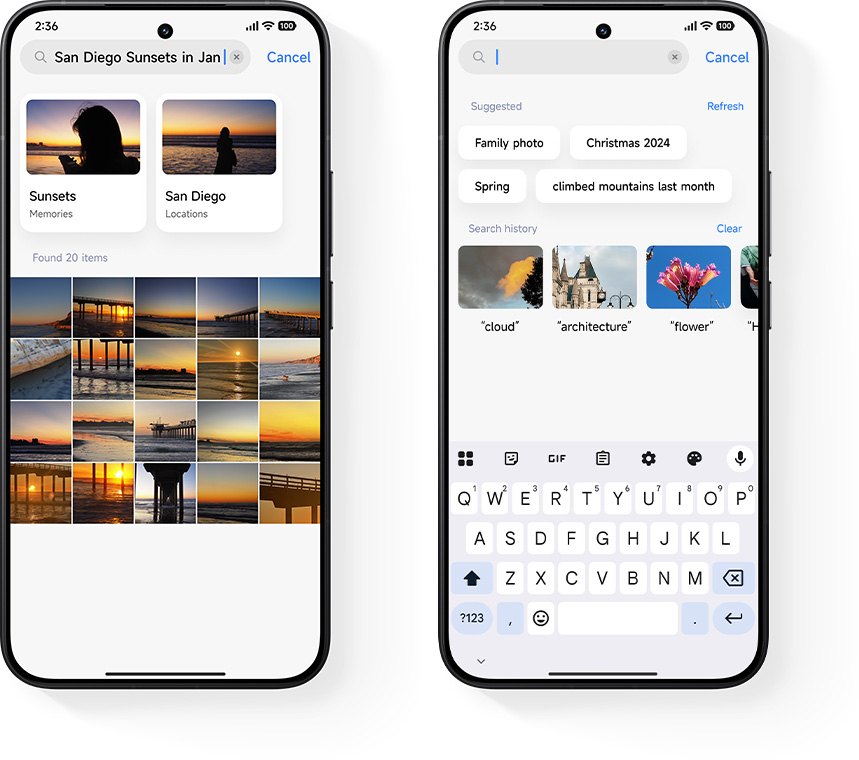
Feature updates across all devices
Tablet
Stylus
Ultra low latency and pressure-sensitive for a smoother, more natural writing experience

Tablet
Split screen multitasking
Supports vertical split view to make the most of the large display. New 1:9 ratio gives you more flexible window management.
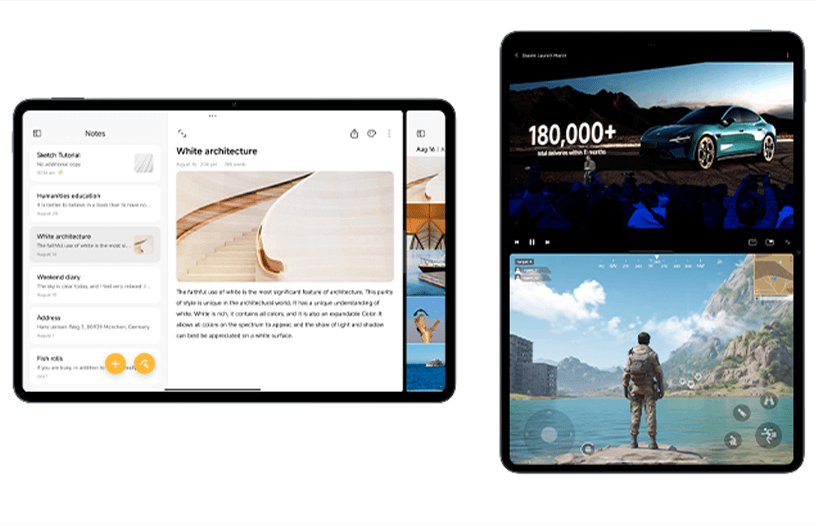

Watch
Cast workout stats
When recording a workout vlog, your watch's fitness stats appear in real time on your phone's camera view
Xiaomi HyperAI
AI Writing
Smart screen recognition
Identify images and instantly generate captions
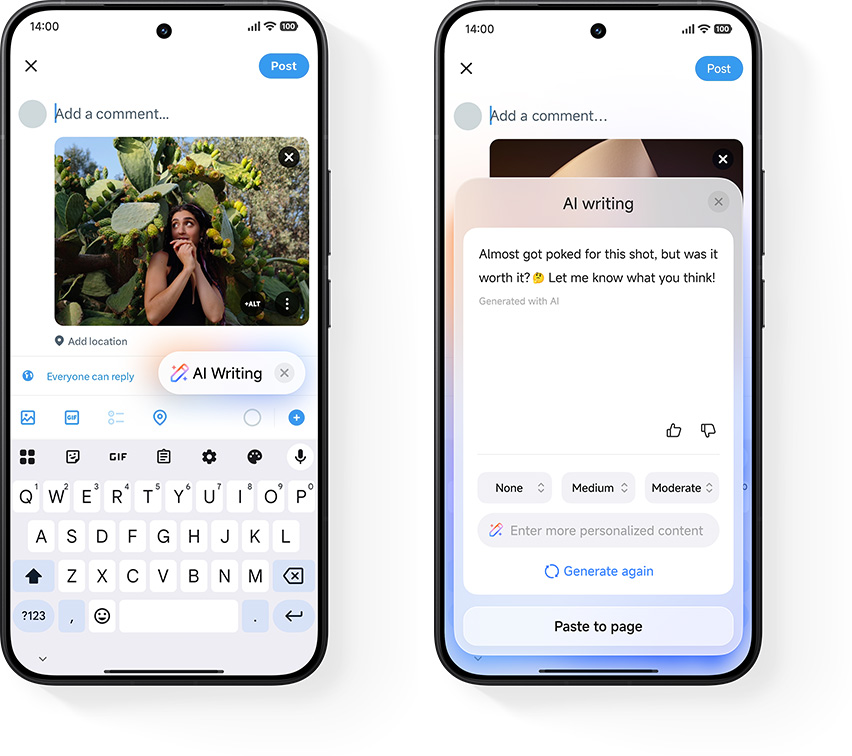
Multiple styles
Choose from four different writing styles
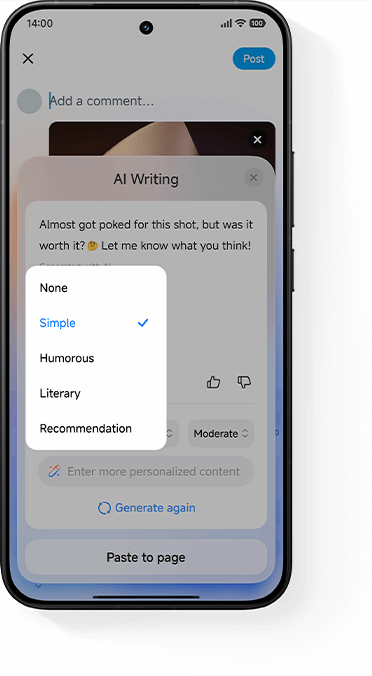
DeepThink mode
Generates thoughtful insights and high-quality content in Notes
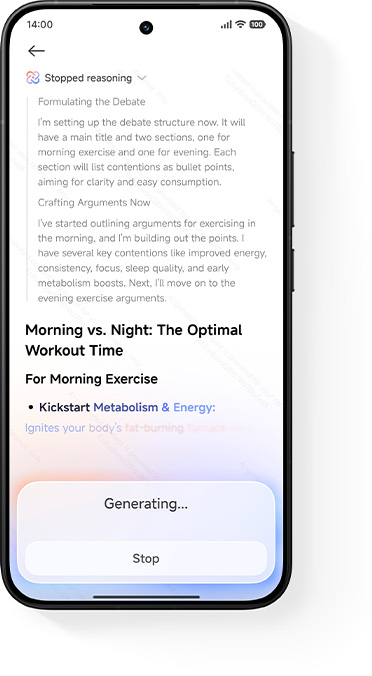
AI Speech Recognition
Enhance voice
Reduce background noise and hear voices more clearly during playback
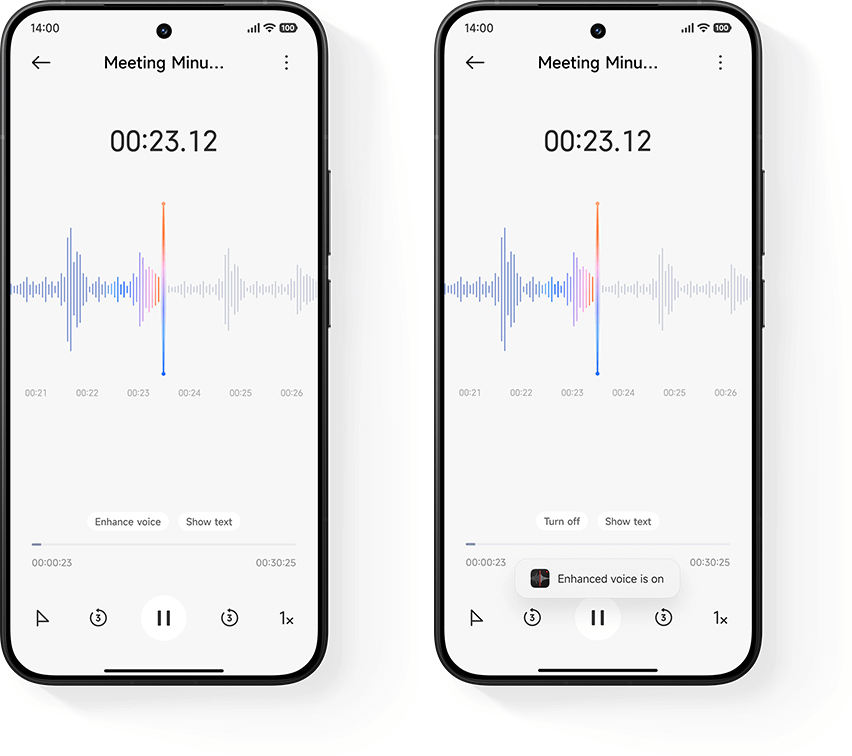
Transcribe in real time
Convert speech to text while recording
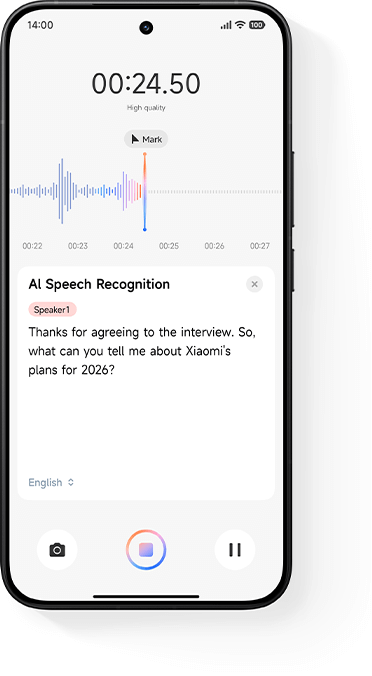
Summarize in a snap
Get an instant summary when the recording ends
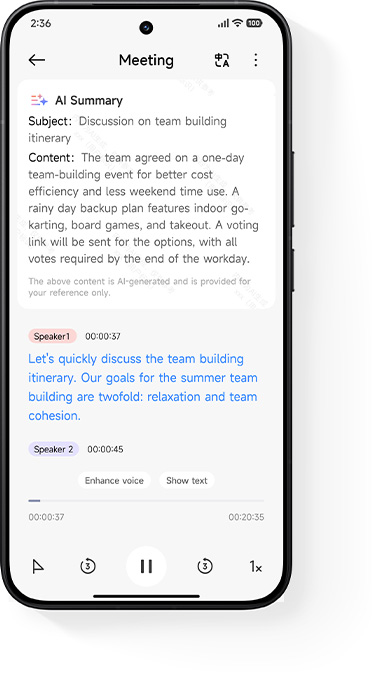
AI Search
Summarize
Get AI-generated summaries of your search results
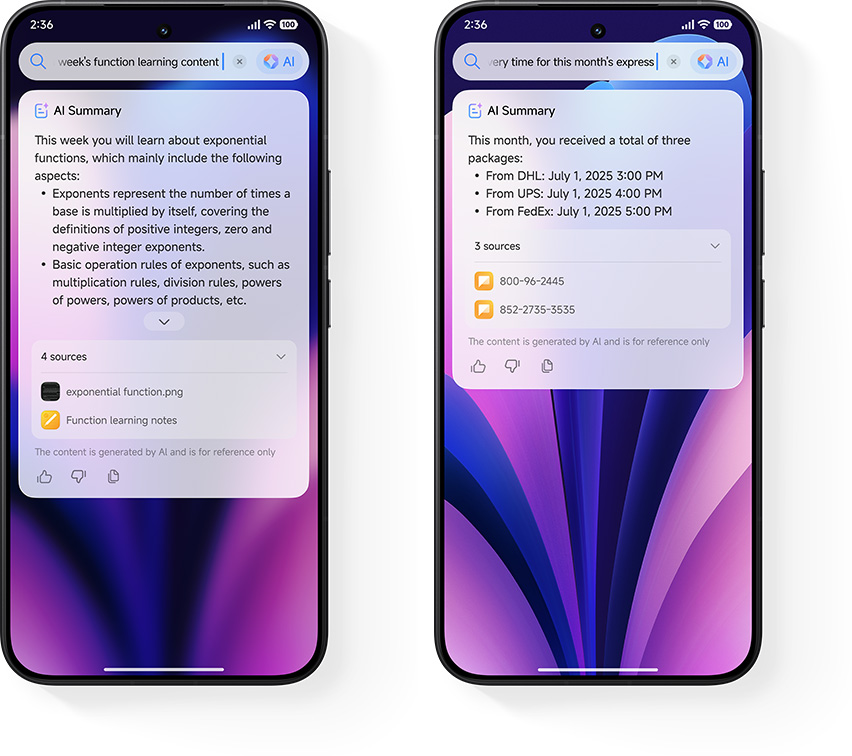
Search
Find on-device content quickly with a more powerful search

Get answers
Search the web and get accurate answers instantly
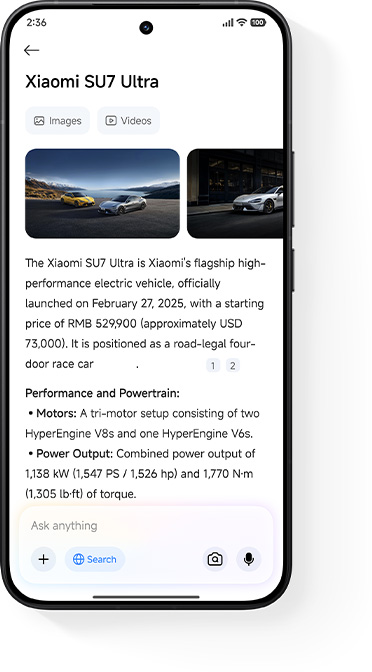
AI Translate
AI Interpreter
Simultaneous interpretation for calls and conferences
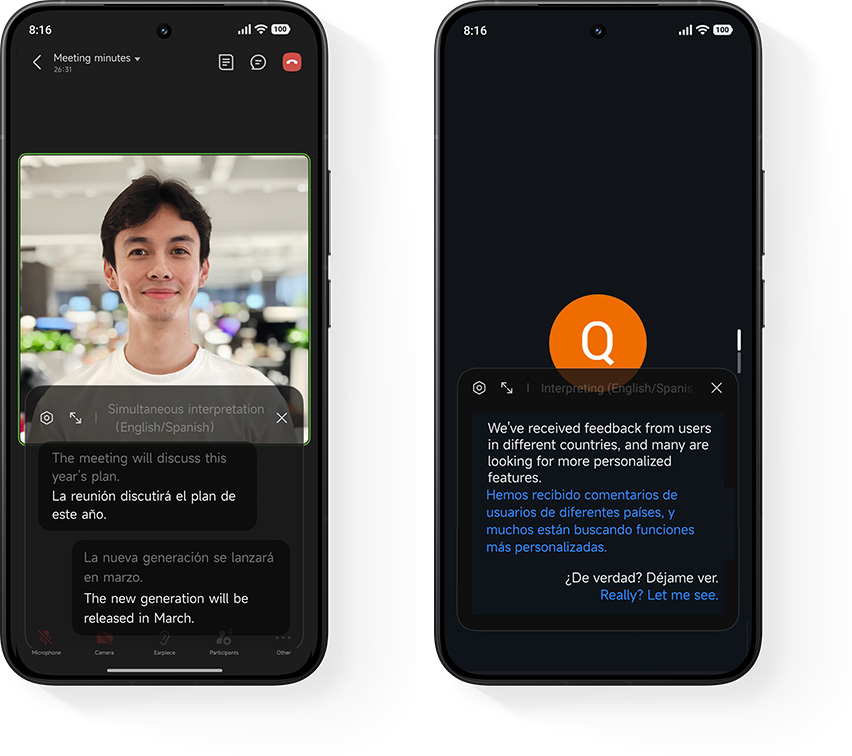
AI Subtitles
Transcribe and translate audio into bilingual subtitles
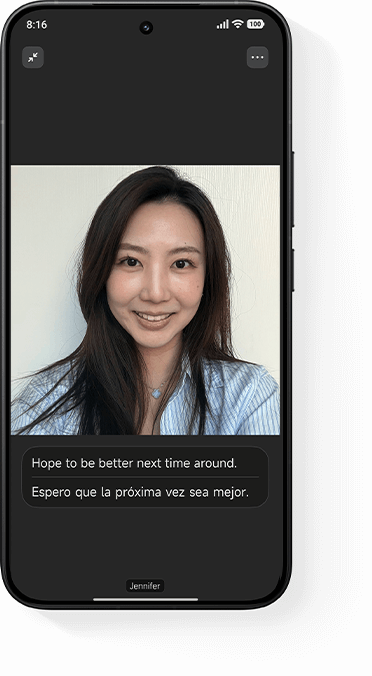
AI Translate Conversation
Translate offline, face-to-face conversations
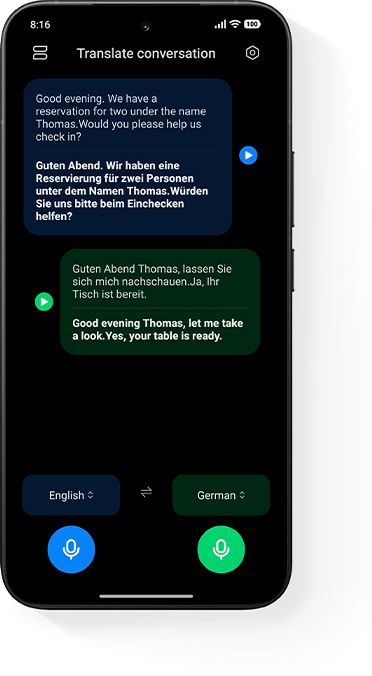

Gemini Live with screen share
Gemini Live with camera share
Connected apps
Image Generation
Ask Gemini about anything you see. Share your camera or screen in Gemini Live conversations.Ask Gemini about anything you see. Share your camera or screen in Gemini Live conversations.Gemini can now pull information and help you take action across select Xiaomi apps and Google apps and services - all in a single prompt.Create stunning images with Gemini. Effortlessly transform your ideas into visuals bursting with vivid details and realism.
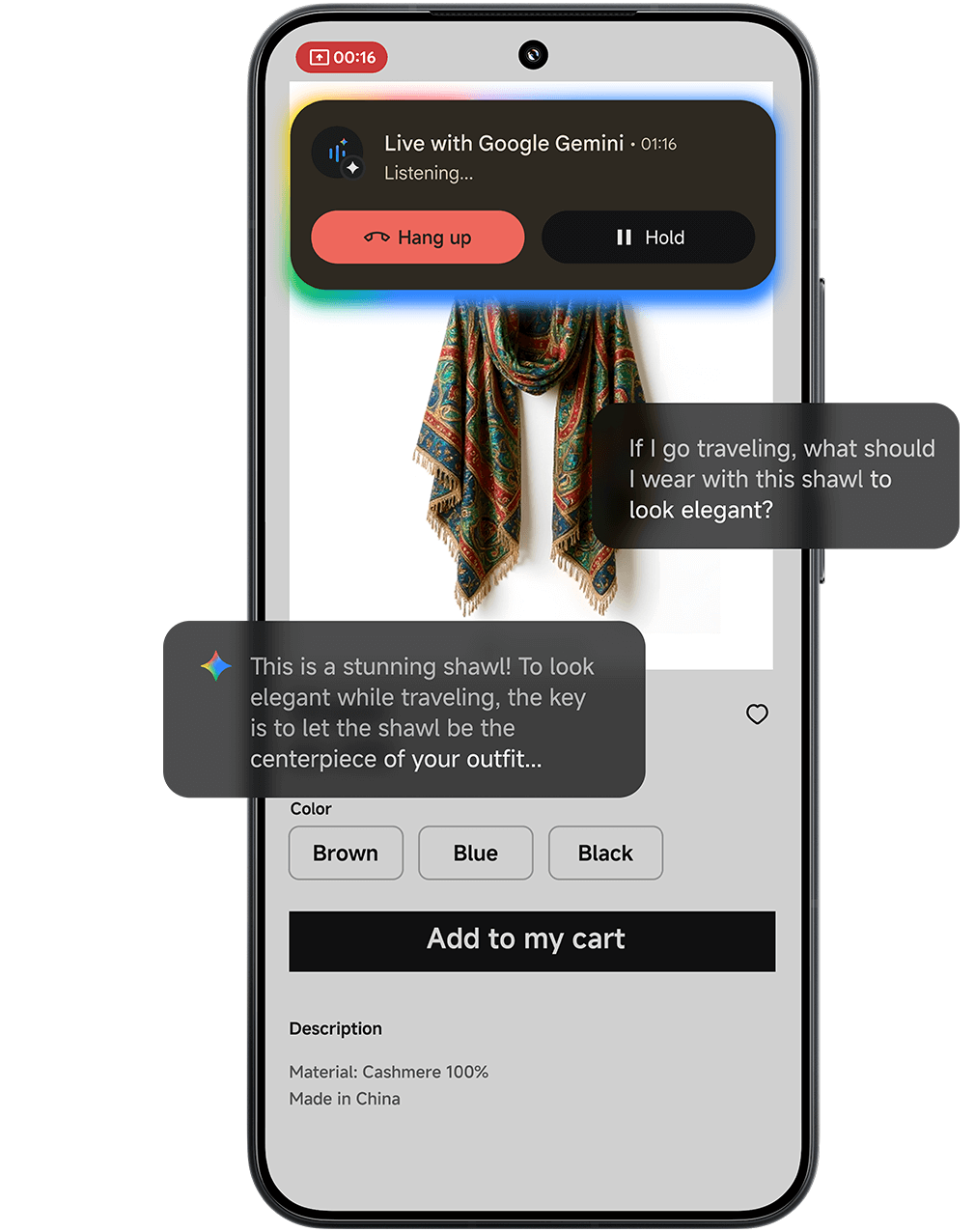
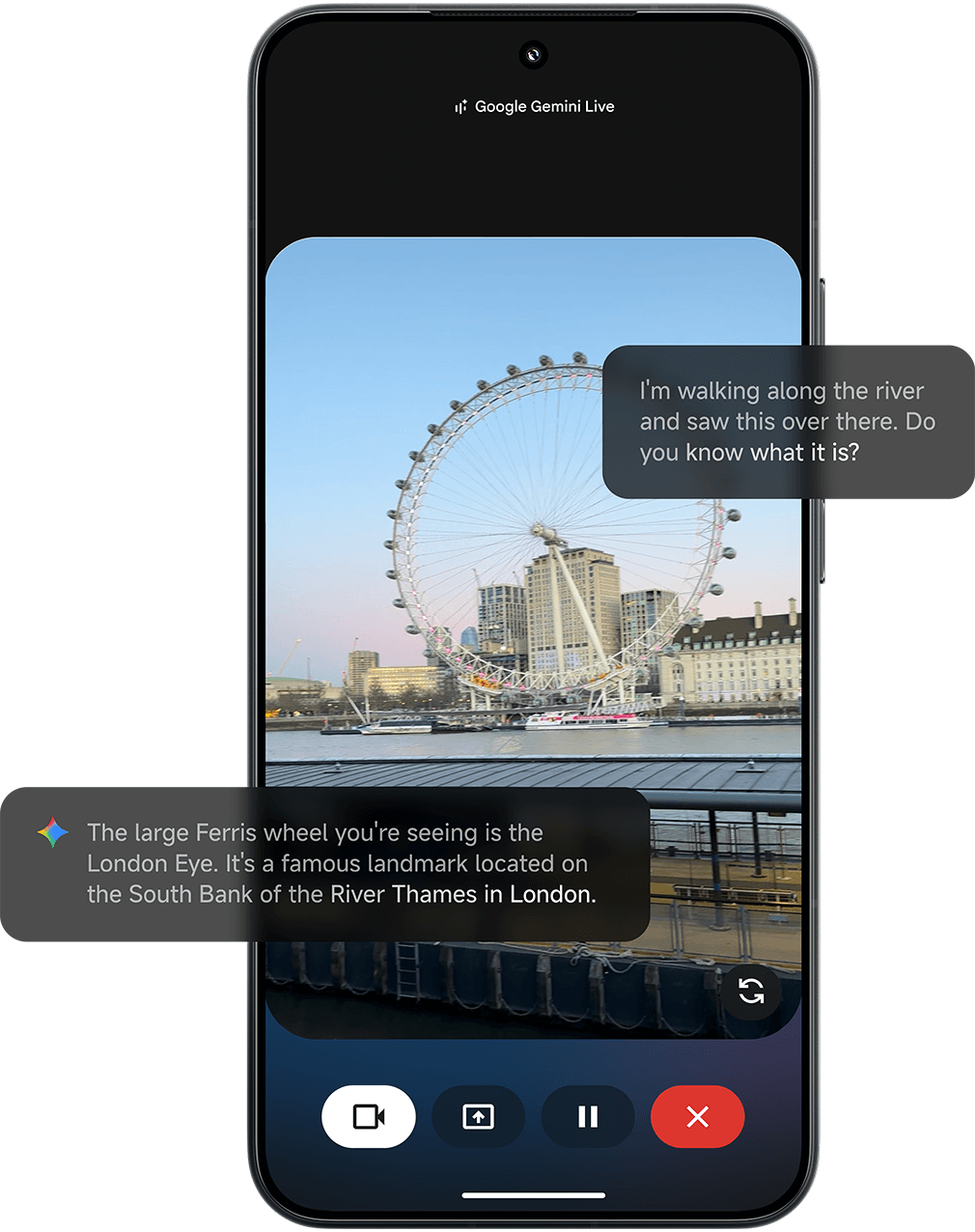
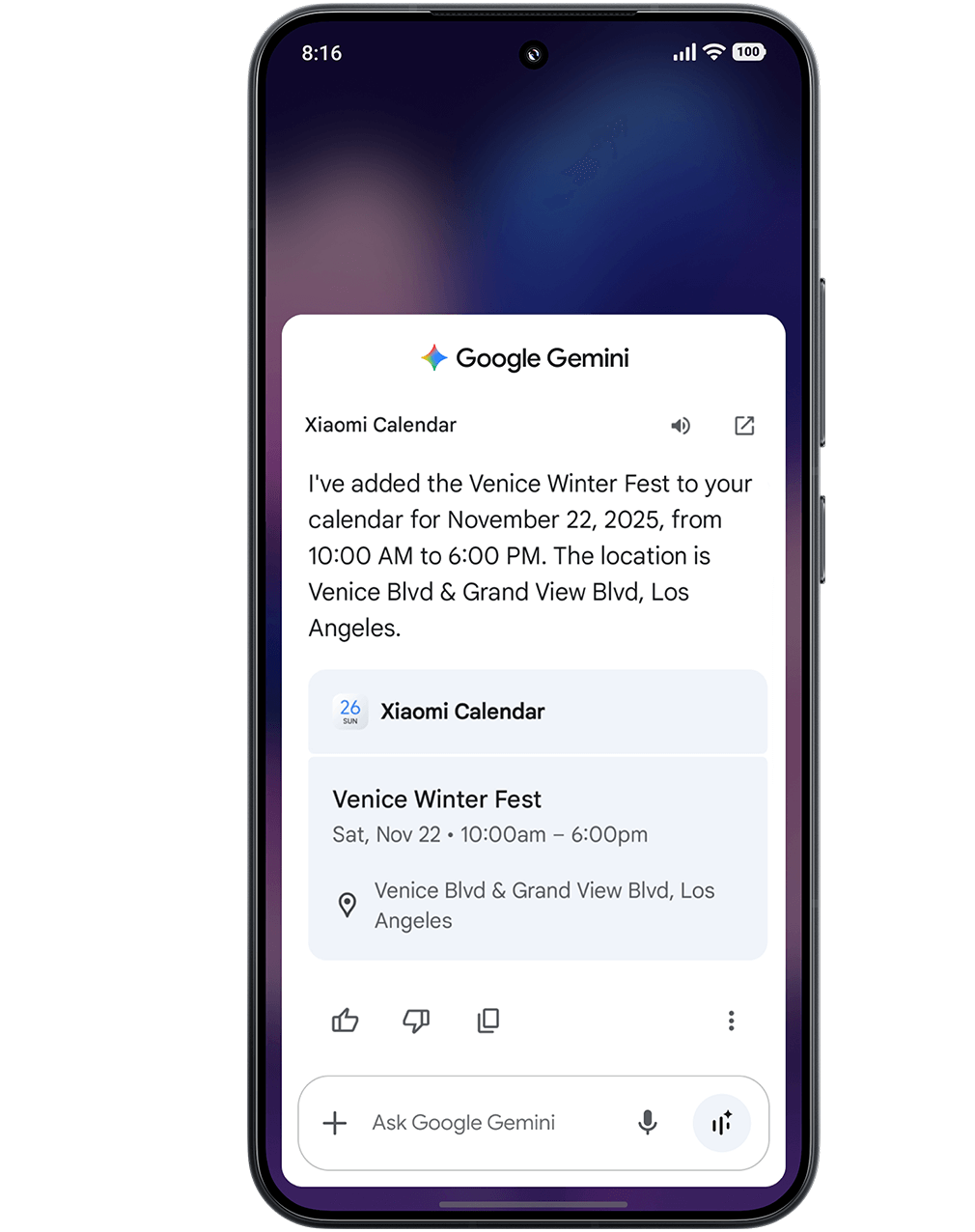
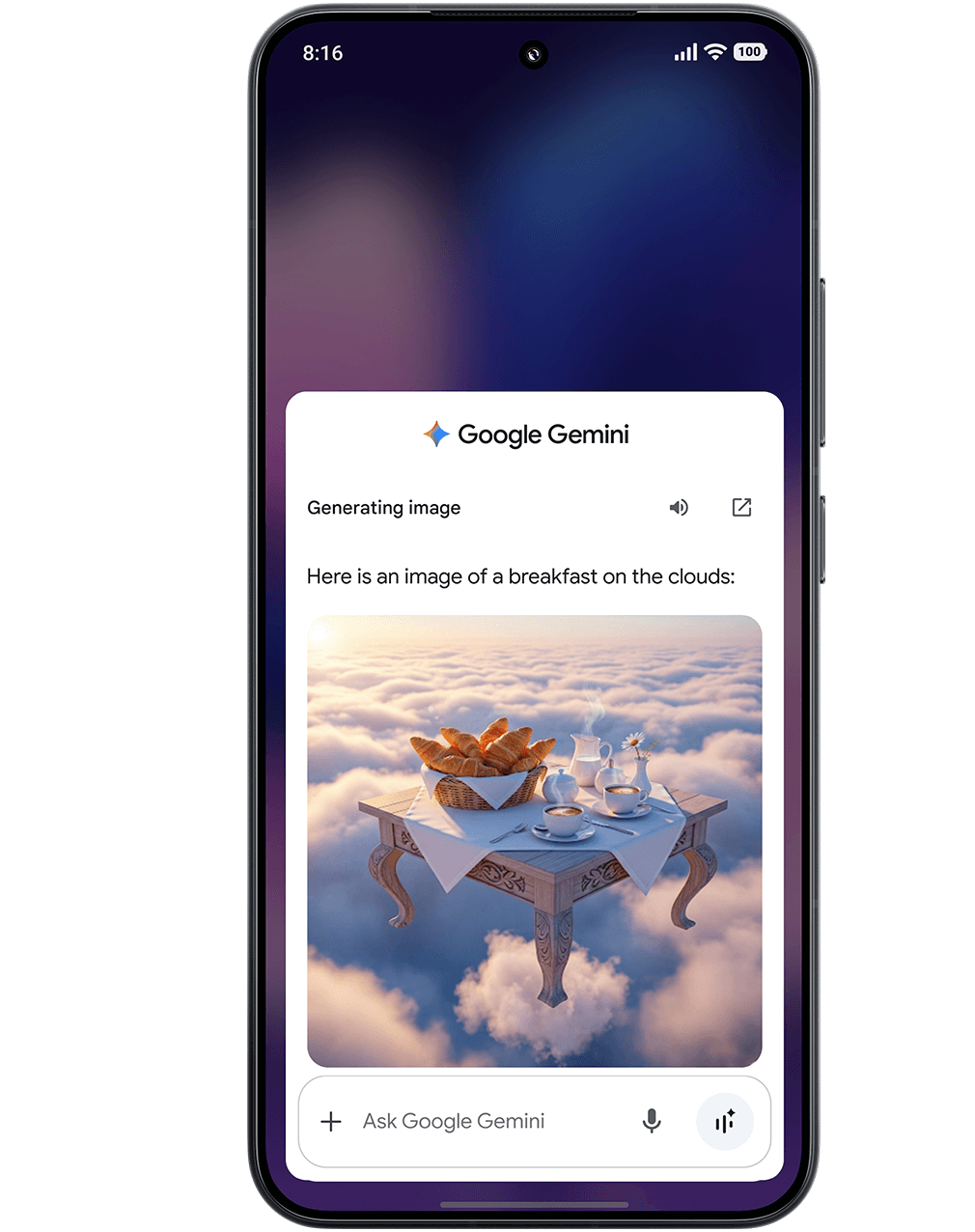

Xiaomi HyperConnect
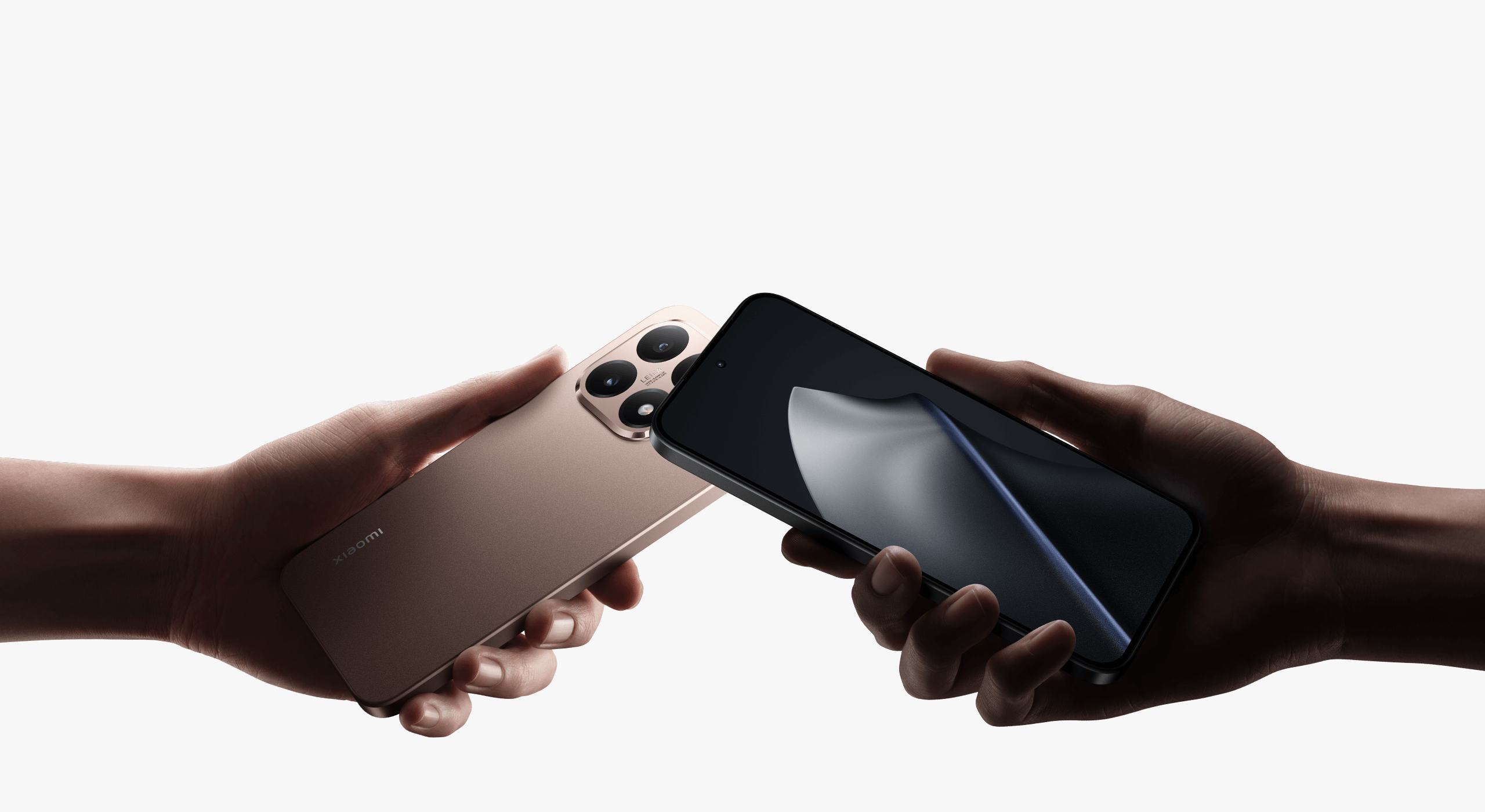
Touch to share
Simply touch devices to share photos, videos, files, and Wi-Fi passwords — now works with Apple devices too
Cross-ecosystem interconnectivity
Home screen+ for iPad
Run Xiaomi phone apps on your iPad, with full support for iPad multitasking
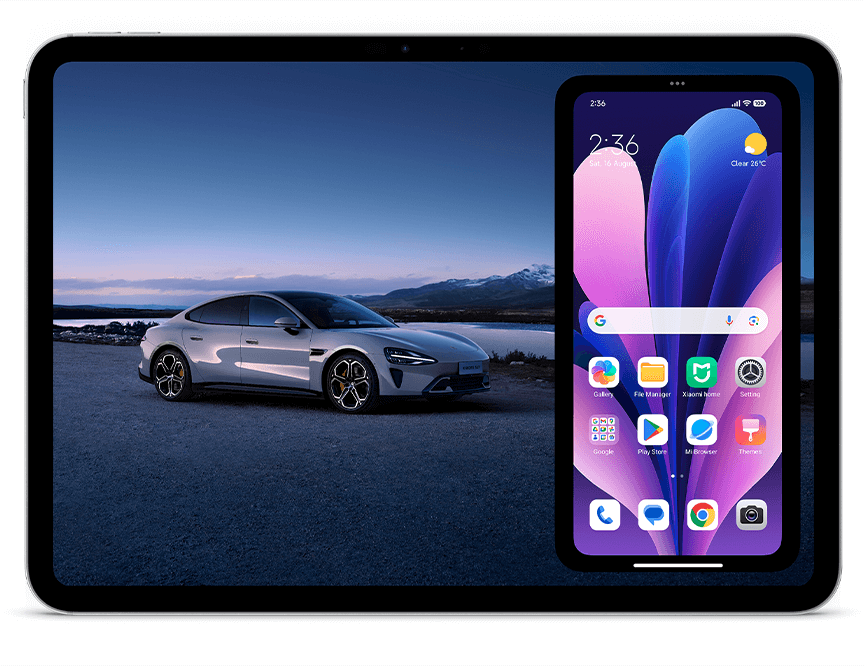
Cross-device unlocking
Quickly unlock Home screen+ with Touch ID or Face ID
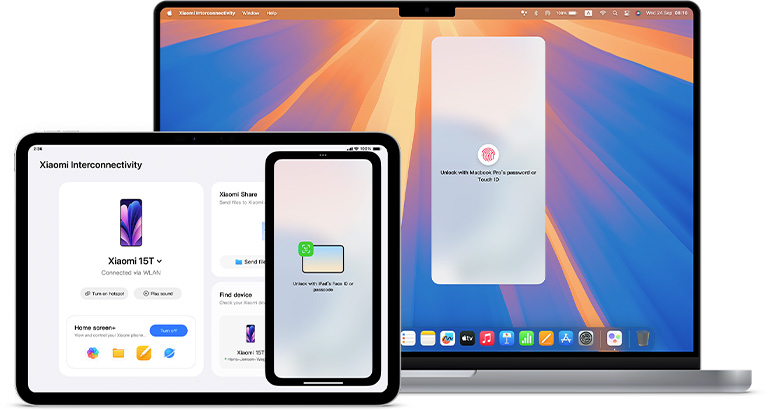
Resizable windows
Open phone apps in desktop-style windows. Resize freely and run multiple apps at once.
Stay connected
Connect your iPhone to a Xiaomi hotspot with one tap, and instantly locate your Xiaomi phone when you need it
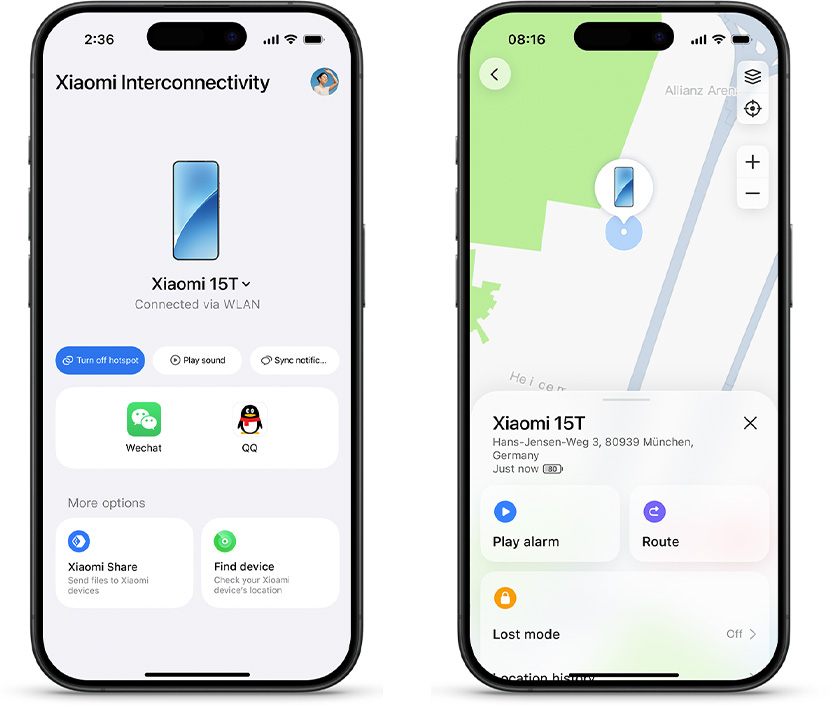
Enhanced privacy and security
Comprehensive safeguards to keep your data private and secure
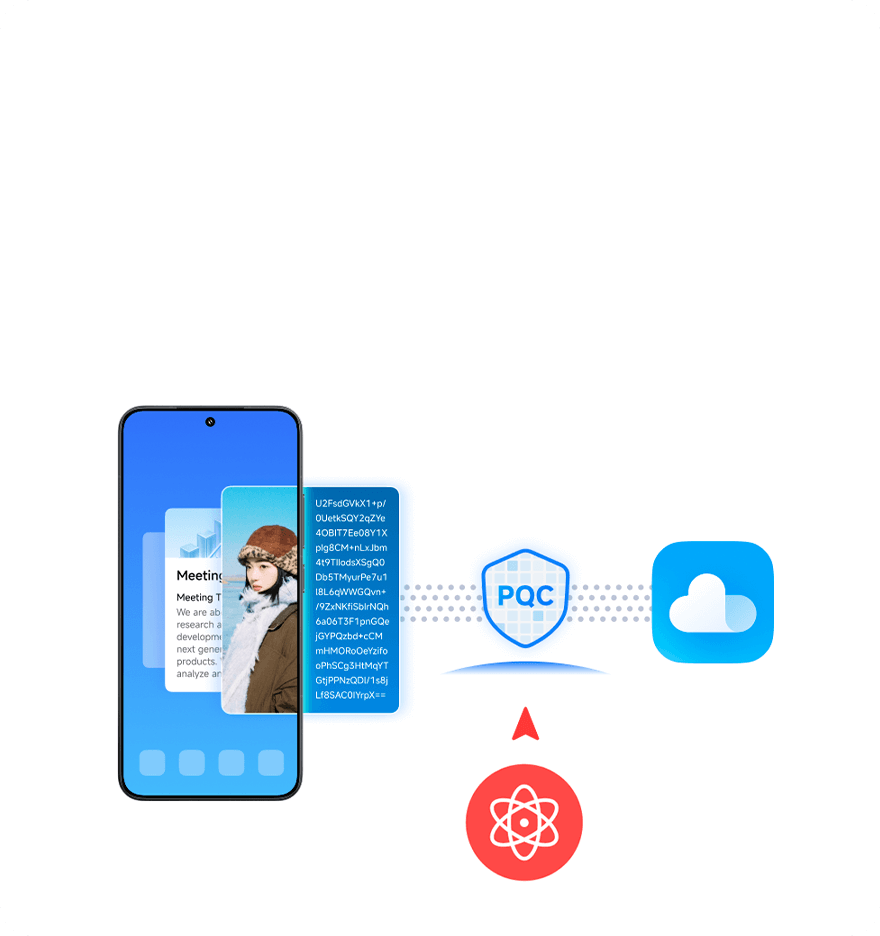
Quantum-level data protection
Future-ready post-quantum encryption strengthens data protection communication channels
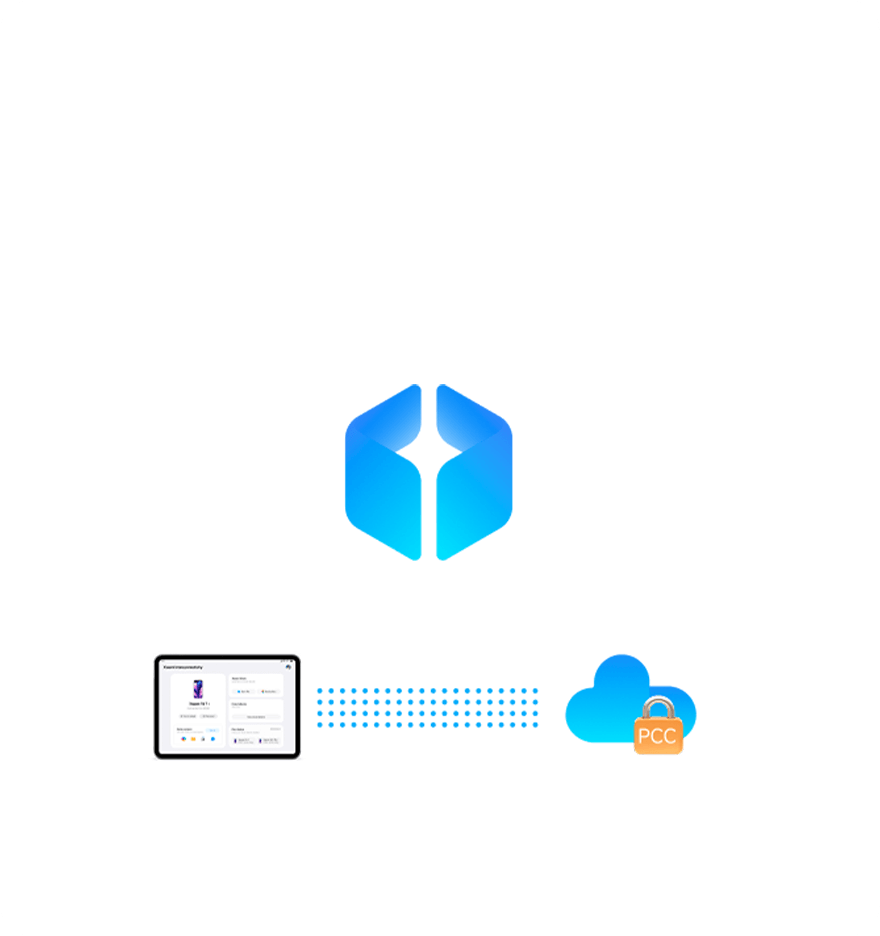
Edge-to-cloud AI data security
Your data stays private with on-device and cloud privacy computing
Secure channel transmission
On-device privacy storage
Confidential cloud computing
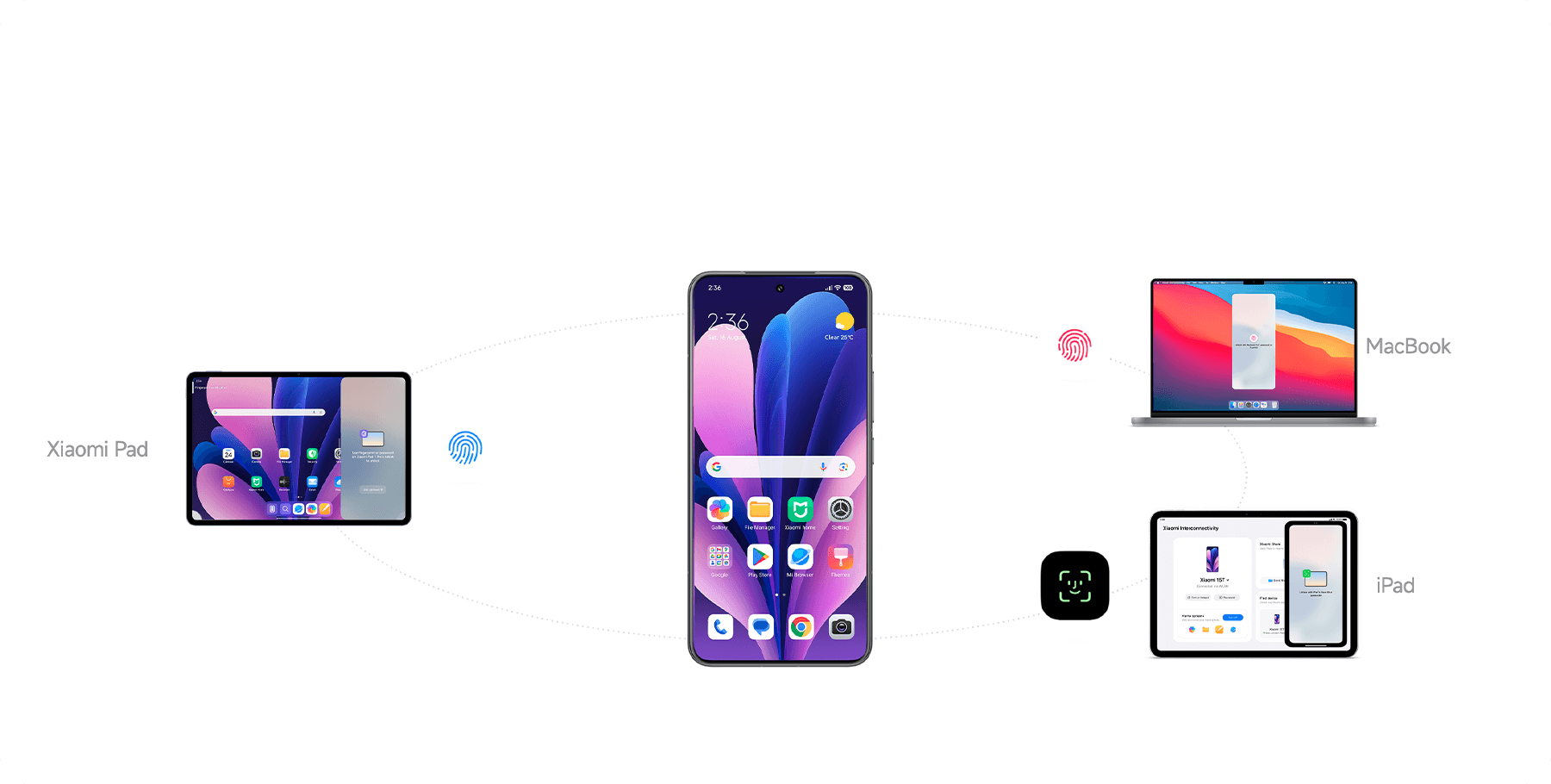
MiTEE-powered security protocol for interconnectivity
Cross-device biometric unlocking for the entire ecosystem
Xiaomi HyperOS 3 release schedule
Updates will start to be delivered via soft release between October and November 2025
Phones
Xiaomi 15 Ultra
Xiaomi 15
Xiaomi 15T Pro
Xiaomi 15T
Xiaomi MIX Flip
REDMI Note 14 Pro+ 5G
REDMI Note 14 Pro 5G
REDMI Note 14 Pro
REDMI Note 14
POCO F7 Ultra
POCO F7 Pro
POCO F7
POCO X7 Pro
POCO X7 Pro Iron Man Edition
POCO X7
Tablets
Xiaomi Pad 7 Pro
Xiaomi Pad 7
Xiaomi Pad Mini
Wearables
Xiaomi Watch S4 41mm
(Available on September 24, 2025)
Xiaomi Smart Band 10 Glimmer Edition
(Available on September 24, 2025)
Xiaomi Smart Band 10 Ceramic Edition
Xiaomi Smart Band 10
Updates will start to be delivered via soft release between November and December 2025
Phones
Xiaomi 14 Ultra
Xiaomi 14
Xiaomi 14T Pro
Xiaomi 14T
REDMI Note 13 Pro
REDMI 15
REDMI 14C
REDMI 13
REDMI 13x
POCO F6 Pro
POCO F6
POCO X6 Pro
POCO M7
POCO M6 Pro
POCO M6
POCO C75
Tablets
Xiaomi Pad 6S Pro 12.4
REDMI Pad 2 Pro
REDMI Pad 2 Pro 5G
REDMI Pad 2
REDMI Pad 2 4G
Updates will start to be delivered via soft release between December 2025 and March 2026
Phones
Xiaomi 13 Ultra
Xiaomi 13 Pro
Xiaomi 13
Xiaomi 13T Pro
Xiaomi 13T
Xiaomi 13 Lite
Xiaomi 12 Pro
Xiaomi 12
Xiaomi 12T Pro
REDMI Note 14 5G
REDMI Note 14S
REDMI Note 13 Pro+ 5G
REDMI Note 13 Pro 5G
REDMI Note 13 5G
REDMI 15 5G
REDMI 15C 5G
REDMI 15C
POCO F5 Pro
POCO F5
POCO X6
POCO M7 Pro 5G
POCO C85
Tablets
REDMI Pad Pro
REDMI Pad Pro 5G
REDMI Pad SE 8.7
REDMI Pad SE 8.7 4G
POCO Pad
*The list of supported models and update schedule may be adjusted as needed. For the latest details on models and timing, please refer to theXiaomi Community

*Some features and services on this page may vary depending on system versions and device models. Updates may be gradually rolled out across different platforms. Feature availability can also vary by region. Please refer to the actual product for details.
*The information displayed on this page applies to global versions of Xiaomi phones and tablets, REDMI phones and tablets, POCO phones and tablets, as well as Xiaomi and REDMI wearables running Xiaomi HyperOS 3 and above, which are available outside the Chinese Mainland. Some features are part of different software versions and may require separate updates. Release timing may vary by model.
*The product interface shown on this page (including the UI and backgrounds) is for demonstration purposes only. Please refer to the actual product for details.
*The content and features shown on this page may change due to copyright, commercial, or technical conditions. Please refer to the actual product for the latest content and features.
*The test data on this page was provided by Xiaomi Internal Labs, using the same platform and similarly configured devices under consistent test conditions. Results may vary slightly across tests, and specific data might differ due to variations in testing environments.
*Some content and features mentioned on this page are only available on certain device models or on select models in the initial release. Availability and rollout schedule may vary by region. The exact list of supported models will be provided in the official announcement. For more details, please visit theXiaomi Community
*Some content and features mentioned on this page are supported only in certain regions or languages. Actual performance may vary.
*In Refined Animations section, the actual effect of animations depends on the device model and system version. Actual performance may vary.
*Xiaomi HyperIsland is currently available on select devices and apps. Actual availability may vary. The pull-down floating window feature depends on third-party developer integration and is currently limited to certain apps, with wider support coming over time.
*AI Cinematic Lock Screen and AI Dynamic Wallpapers are currently supported on select devices. Actual availability may vary. Some AI Dynamic Wallpapers features will be available when the system and the Themes app are updated to their latest versions. Internet connection required. Check responses for accuracy.
*The actual effect of "Personalized editing" and "Redesigned Home screen" depends on the device model and system version. Actual results may vary. Some widgets are available only in certain regions and languages, please refer to the actual products.
*The "New Gallery" experience requires Xiaomi HyperOS 3. Start page customization requires Gallery app version 4.3.0.20 or above, expected to roll out by the end of October. Search functionality may vary by language, device model, and system version. Check responses for accuracy.
*For "Tablet" features, handwriting latency improvements are currently supported on Xiaomi Pad 7 Pro with Mi Canvas app version 2.0.6 or above. Pressure sensitivity requires app version 2.1.1 or above. Split screen multitasking is supported only on tablets with Split screen functionality.
*For "Watch" features, rollout is expected to begin in September. Currently supported on Xiaomi Watch S4 41mm. Actual availability may vary. Casting workout stats requires a phone with the latest Mi Fitness app connected to the watch. Actual UI may vary.
*"Xiaomi HyperAI" features are available only on select models, in select languages and regions. Internet connection required. Check availability on your device and responses for accuracy. "AI Writing" smart screen recognition is expected to roll out from late October, and will support WhatsApp, Instagram, TikTok, and X. DeepThink mode is expected to roll out from late September. "AI Search" summarization functionality is expected to roll out from early October.
*In Gemini Live with screen share and Gemini Live with camera share section, check responses. Compatibility and availability varies. 18+. Google and Google Gemini are trademarks of Google LLC.
*In Connected apps section, setup required. Compatibility and availability varies. Google and Gemini are trademarks of Google LLC.
*In Image Generation section, 18+. Create responsibly. Google and Gemini are trademarks of Google LLC.
*Touch to share will be available via OTA starting from late November on Xiaomi 15T Pro and Xiaomi 15T, and more devices will be supported in the future The feature is available in overseas regions excluding Japan, Hong Kong, and Macau. "Touch to share" requires both phones to be unlocked with the screen on, and with NFC, Bluetooth, and Wi-Fi enabled. With Xiaomi devices, currently this feature supports photos (including dynamic shots), videos, files, Wi-Fi passwords, web pages, and contacts. With iPhone, "Touch to share" supports the same types of content, but only on iPhone 12 or above running iOS 17 or above with Xiaomi Interconnectivity app version 2.0.0 or above installed. Sharing photos and videos requires updating the Gallery app to version 4.3.0.40 or above, which is expected to be rolled out by early November. Sharing Wi-Fi passwords with iPhone only supports sending from Xiaomi to iPhone.
*Cross-ecosystem interconnectivity requires iPhone and iPad running iOS 14 and iPadOS 14 or above and Mac running macOS 12 or above, with Xiaomi Interconnectivity app version 2.0.0 or above installed on all devices. Some features require signing in with the same Xiaomi Account and ensuring the Xiaomi phone, iPhone, iPad, and Mac are on the same network or hotspot. Phone app window display (scaling, layout, etc.) depends on actual app support, and the number of windows open simultaneously varies by device. On iPad, Home screen+ may display black borders to ensure full interface display due to iPadOS constraints. Cross-device unlocking varies by device. Actual experience may vary. Visual displayed on this page for compatibility demonstration purposes only, Xiaomi HyperOS 3 is not endorsed, sponsored, or affiliated with Apple Inc. in any way. Apple, iOS, macOS, iPadOS, Touch ID, Face ID, MacBook, iPhone, and iPad are registered trademarks of Apple Inc..
*In "Enhanced privacy and security", quantum encryption currently protects main key delivery in end-to-end encryption scenarios. Cloud-based privacy computing is supported only on select devices. Actual availability may vary. MiTEE security protocol is applicable for cross-device biometrics unlocking and its availability may vary depending on software version and device model.




























